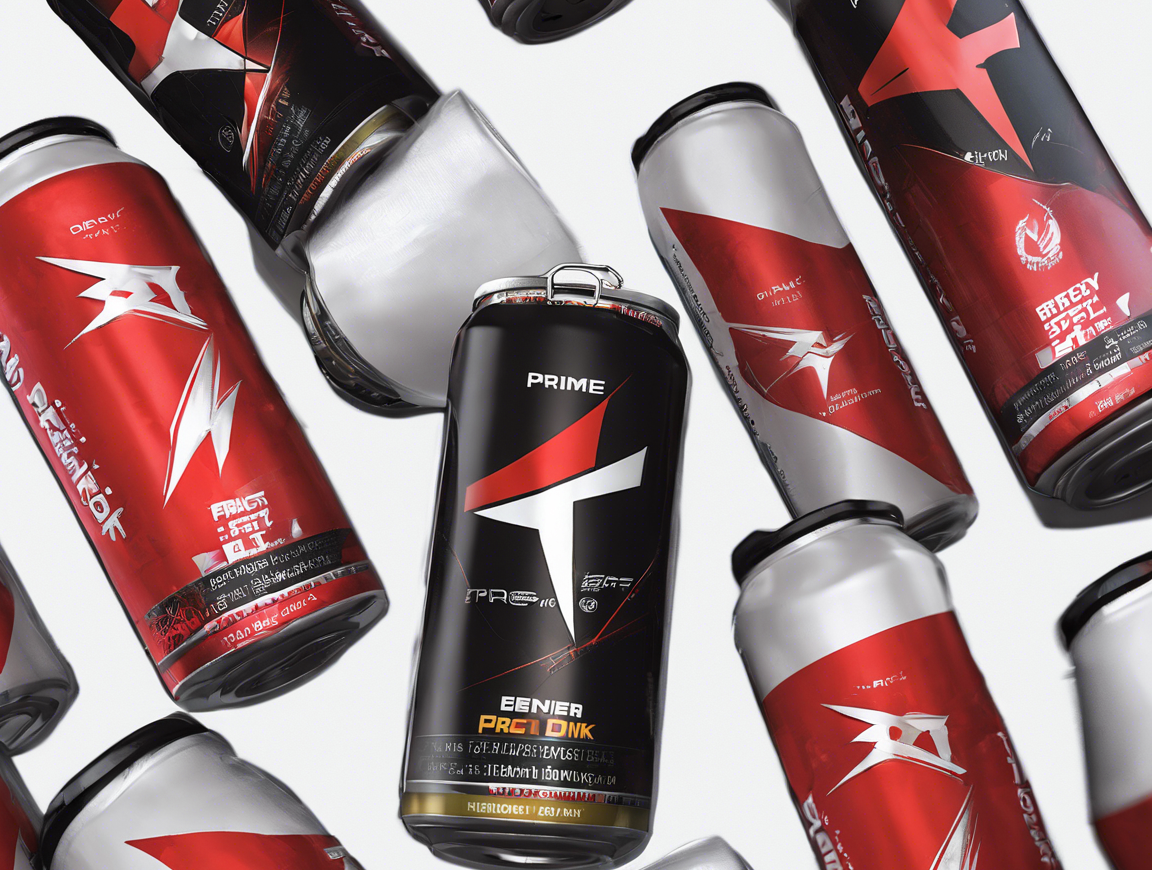Consumers today gravitate towards energy drinks as a quick fix for fatigue, enhanced focus, or simply to kickstart their day with a burst of energy. Companies promoting these energy drinks often highlight their performance-enhancing qualities to create a buzz amongst consumers. However, a lesser-known detail about some of these popular beverages is the presence of “forever chemicals,” also known as Per- and Polyfluoroalkyl Substances, or PFAS. This controversial class of chemicals has been found in various everyday products, including cookware, water-resistant clothing, and now, energy drinks.
Understanding Forever Chemicals
What are Forever Chemicals?
Forever chemicals refer to a group of human-made chemicals called PFAS. These chemicals are widely used due to their ability to repel water and oil, making them ideal for products like non-stick cookware, food packaging, and stain-resistant fabrics. The name “forever chemicals” stems from their persistence in the environment – they do not break down easily and can accumulate over time.
How do Forever Chemicals end up in Energy Drinks?
The presence of PFAS in energy drinks can be attributed to environmental contamination during the manufacturing process. While the exact sources may vary, some potential pathways include contaminated water sources, leaching from packaging materials, or cross-contamination during production.
The Health Concerns
Are Forever Chemicals Harmful to Health?
Studies have linked PFAS exposure to various health issues, including cancer, thyroid disruption, developmental delays, and immune system disorders. The long-term health effects of these chemicals are still being researched, but the cumulative evidence is raising concerns over their potential impact on human health.
How Much PFAS is Safe to Consume?
Regulatory agencies have not established a specific safe level of PFAS exposure in food and beverages. However, the U.S. Environmental Protection Agency (EPA) has set a health advisory level of 70 parts per trillion (ppt) for the combined concentrations of two common PFAS compounds, perfluorooctanoic acid (PFOA) and perfluorooctane sulfonate (PFOS), in drinking water.
Assessing the Risks
What are the Risks of Consuming PFAS in Energy Drinks?
While the levels of PFAS found in energy drinks may be below regulatory limits, the cumulative exposure from various sources can still pose a risk to consumer health. Chronic exposure to low levels of PFAS raises concerns about potential health effects over time, especially when considering the frequent consumption of energy drinks by some individuals.
Can PFAS be Eliminated from Energy Drinks?
Removing PFAS from products is challenging due to their persistent nature. However, companies can take steps to minimize contamination during the manufacturing process, such as using alternative ingredients, sourcing clean water, and implementing rigorous quality control measures.
Making Informed Choices
How Can Consumers Protect Themselves from PFAS Exposure?
Consumers can reduce their exposure to PFAS by choosing products from companies that prioritize transparent labeling and quality testing. Opting for organic or homemade energy drinks, focusing on a balanced diet, and staying hydrated with clean water are also effective ways to minimize exposure to potentially harmful chemicals.
What Role do Regulations Play in Managing PFAS Contamination?
Regulatory bodies play a crucial role in setting standards and monitoring PFAS levels in various products, including energy drinks. Continued research, transparent communication, and stringent regulations are essential to safeguarding consumer health and promoting accountability within the industry.
Conclusion
In light of the prevalence of forever chemicals in energy drinks, consumers are urged to stay informed about the potential risks associated with PFAS exposure. While regulatory measures aim to address contamination levels, individual awareness and proactive decision-making are key in mitigating health risks. By understanding the origins of forever chemicals, the associated health concerns, and the strategies for minimizing exposure, consumers can make empowered choices to prioritize their well-being.
FAQs About Forever Chemicals in Energy Drinks
1. Can PFAS exposure from energy drinks lead to immediate health effects?
While acute health effects from PFAS exposure are rare, long-term consumption of these chemicals through energy drinks may pose chronic health risks.
2. Are all energy drinks contaminated with PFAS?
Not all energy drinks contain PFAS, but contamination can occur due to various factors, emphasizing the importance of transparency and quality control in the manufacturing process.
3. How can consumers identify PFAS-free energy drinks?
Consumers can contact manufacturers directly, review product labels for PFAS-free claims, or choose organic and natural energy drink options to minimize the risk of PFAS exposure.
4. Are there alternative energy sources without PFAS contamination?
Exploring options like homemade energy drinks, natural caffeine sources, or plant-based energy supplements can provide consumers with energy-boosting alternatives free from PFAS contamination.
5. What are the long-term implications of PFAS exposure from energy drinks?
The long-term health effects of PFAS exposure are still being studied, but minimizing exposure through informed choices and advocating for stricter regulations are crucial steps in protecting public health.
In conclusion, while forever chemicals may linger in the background of energy drink consumption, consumer awareness, industry responsibility, and regulatory diligence are vital in addressing and mitigating the risks associated with PFAS contamination in these popular beverages. By staying informed and making conscious choices, individuals can navigate the energy drink landscape with greater confidence and well-being in mind.




